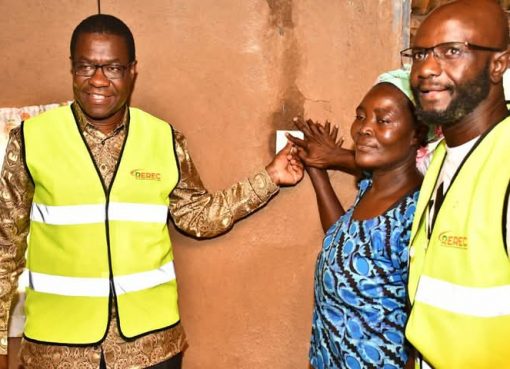The Ministry of Health intends to integrate the media in the fight against the spread of tuberculosis in the country.
Speaking at a Machakos hotel Thursday during a three- day workshop for 20 journalists drawn from Machakos, Kiambu, Nairobi and Murang’a counties, Kenya National Tuberculosis, Leprosy and Lungs Disease programme (KNTLDP) CEO Evelyn Kibuchi said there was need for public awareness on issues concerning the three diseases.
Kibuchi said the decision to involve the media in the programme would greatly help in creating public awareness about the once killer TB.
The workshop comes at a time when the country is planning to join the rest of the world in celebrating this year’s World’s Tuberculosis Day scheduled to be held at Thika stadium on March 22.
“We are working hard to achieve the President’s Big Four Agenda by improving access to medical care by joining hands with the National Health Insurance Fund, Universal Health Coverage and M-tiba. The initiative is meant to help reduce the burden of indirect costs, create awareness about the diseases and also help address malnutrition in households,” she said.
The CEO revealed that the government is currently partnering with non-State actors in order to increase the infrastructure necessary for the treatment of TB and improve the link between private and public health centres where the media will act as a watchdog.
She said most of the patients infected with TB were forced to take loans, or pawn their property to meet the costs of managing the condition due to lack of reliable sources of income.
“The government covers treatment for drug resistant TB patients with each individual taking Sh2 million as the cost of treatment. An increase in funding to US $13 by both the non-State actors and the government will therefore greatly help curb the spread of the disease,” she added.
A specialist in viral diseases from Machakos Level 5 hospital Elizabeth Mueni said statistics showed that the most heavily affected people in the country were the elderly, children, HIV/Aids victims and men addicted to smoking.
She said the disease whose symptoms ranged from fever, cough, weight loss, night sweats, chest pain, coughing of blood and appetite loss could easily be treated if patients adhered strictly to the prescribed medication as given by doctors.
“Some patients take medicine for only few days and after sometime, stop altogether after feeling better forgetting that medication should be taken up to the last tablet. That is why we monitor them as they take their medication. To avoid future complications, the patient should take medication as prescribed until he/she is declared TB free,” she explained.
According to a 2017 report by the Ministry of Health, TB remains high in Kenya, and experts say the country lags behind in the fight against the disease.
The report further found out that there were more TB cases in Kenya than previously estimated, with the disease prevalence rate standing at 558 per 100,000 people.
The disease was found to be higher in men between the ages of 25 and 34 years, urban dwellers and women over the age of 65.
At the same time, 83 per cent of TB cases were HIV negative, suggesting that broad efforts at controlling the disease among people with and without HIV were needed.
By Samuel Maina and Annastacia Sila




